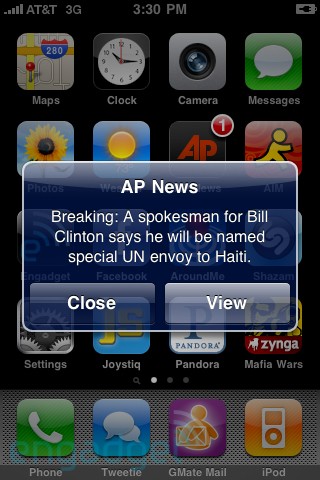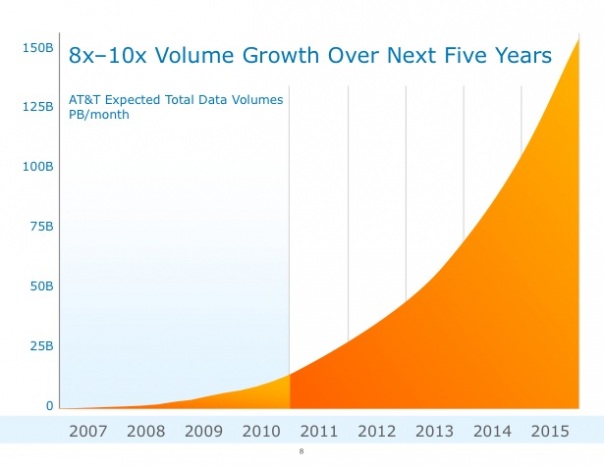
- Ios and android html web app wrapper push notifications how to#
- Ios and android html web app wrapper push notifications .exe#
- Ios and android html web app wrapper push notifications update#
- Ios and android html web app wrapper push notifications registration#
- Ios and android html web app wrapper push notifications code#
Though you're free to use your own web server, this codelab is designed to work well with the Web Server for Chrome app.

If you download the source as a ZIP file, unpacking it gives you a root folder push-notifications-master.
Ios and android html web app wrapper push notifications code#
There are two ways to get the sample code for this codelab:
Basic knowledge of HTML, CSS, JavaScript, and Chrome DevTools. Web Server for Chrome, or your own web server of choice. Ios and android html web app wrapper push notifications how to#
How to subscribe and unsubscribe a user for push messaging. In this codelab, you'll learn how to add push notifications to your web app. We also show an error if none of the prefixes work: if (!navigator.Push messaging provides a simple and effective way to re-engage with your users. To ensure more people can actually use our app, we cover all the prefixes: navigator.getMedia = ( Its support in different browsers is quite inconsistent - Safari doesn't support it at all, the browsers that do support it need prefixes and differ in usage. As we all know, in the world of web development this is close to impossible, but still there are things we can do to cover a larger user base.įor example, in our PhotoBooth app we use the getUserMedia() API for accessing the hardware camera on a device. Ngrok is free and available for Windows, Mac, and Linux.Įssentially, what this means is that PWAs should use web technologies that are widely supported and work equally well on as many browsers as possible. Its a tiny tool that allows you to tunnel any currently running localhost to a secure public URL. įor simple testing on a local server, you can also try Ngrok. This is where we've chosen to host our demo. Any GitHub repository can be hosted directly over HTTPS, and both GitHub and GitHub Pages are free for public repos. If you don't have access to a server with a SSL certificate, the easiest way run projects in a secure environment is via GitHub Pages or a similar service. That's why every PWA has to be served through a HTTPS connection. Most progressive web apps work with native APIs and service workers, technologies that deal with sensitive data and need to be handled with caution. Developing and maintaining separate iOS and Android versions is no longer an issue, but browser support needs to be taken into consideration. 
To download a PWA you need to simply visit it's website and then save it to the home screen as a shortcut. PWAs don't require installation and aren't available (yet) in Google Play or the iTunes App store.
Ios and android html web app wrapper push notifications .exe#
exe or anything else, which then have to be downloaded from the respective app store and installed on the user's device. The concept of PWAs shouldn't be confused with:Īll of the aforementioned technologies wrap HTML apps and package them into executable files, be it an. You may find the wording Google has chosen rather confusing, but don't worry, we will explain the rules one by one later in the tutorial. Linkable - Easily share via URL and not require complex installation.įollowing these guidelines will ensure that your app works well not only when viewed in the browser, but also when started separately via a home screen shortcut.Installable - Allow users to “keep” apps they find most useful on their home screen without the hassle of an app store.Re-engageable - Make re-engagement easy through features like push notifications.
Ios and android html web app wrapper push notifications registration#
Discoverable - Are identifiable as “applications” thanks to W3C manifests and service worker registration scope allowing search engines to find them. Ios and android html web app wrapper push notifications update#
Fresh - Always up-to-date thanks to the service worker update process. App-like - Feel like an app to the user with app-style interactions and navigation because they’re built on the app shell model. Connectivity-independent - Enhanced with service workers to work offline or on low quality networks. Responsive - Fit any form factor: desktop, mobile, tablet, or whatever is next. Progressive - Work for every user, regardless of browser choice because they’re built with progressive enhancement as a core tenet. Safe - Served via HTTPS to prevent snooping and ensure content hasn’t been tampered with. Here they are, taken directly from the Google Developers website. What separates PWAs from regular websites is a list of 10 key concepts that need to be fulfilled. In its core a progressive web app isn't any different from a normal website - it's made of HTML, CSS and JavaScript, and lives in the browser. To not start from scratch, we are going to use the selfie app we made recently, and make it progressive. In this tutorial we're going to show you everything you need to know about PWAs, step by step, with practical examples and a demo app. 
A Progressive Web Apps is a web application which takes advantage of modern browser features and can be added to your homescreen, behaving just like a native application.







 0 kommentar(er)
0 kommentar(er)
